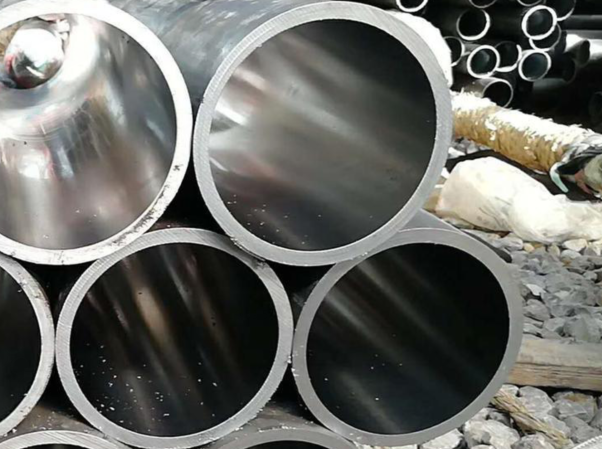
Carbon Steel Pipe Pipeline Pressure Grade Classification
The classification of pipeline pressure levels refers to dividing the pipeline pressure levels into high pressure, medium pressure, low pressure and other levels according to the pressure that the pipeline has to withstand during work. Different grades correspond to different pressure ranges and application scenarios. The following are the basic definitions of pressures at all levels of carbon steel pipes:
1. High pressure: refers to the pipeline grade where the working pressure of the pipeline is greater than or equal to close to or exceeds 1.6MPa.
2. Medium pressure: refers to the pipeline grade with the working pressure of the pipeline within the range of 0.1-1.6MPa.
3. Low pressure: refers to the pipeline grade whose working pressure is below 0.1MPa.
In addition to the above three pressure levels, there are also ultra-high pressure and ultra-low pressure levels, but these levels are generally used in special industrial fields and will not be described in detail in this article.

Range and characteristics of various levels of pressure:
1. High-pressure pipelines: High-pressure pipelines have high working pressure and are generally made of carbon steel, alloy steel, etc., and the main connection method is flange connection. High-pressure pipelines are widely used in petroleum, natural gas, chemical industry, metallurgy and other industries, and are important transportation pipelines in industrial production.
3. Low-pressure pipelines: Low-pressure pipelines have low working pressure, and are generally made of plastic, cast iron, etc., and the main connection methods are rubber ring connections, welded connections, etc. Low-pressure pipelines are usually used in water pipes, sewers, etc. in daily life, and are also used to transport some non-corrosive or less corrosive gases or liquids.
Selection and application of carbon steel pipe pressure grade:
In industrial production and civil engineering, it is very important to reasonably select the pipeline pressure level. Generally speaking, high-pressure pipelines are suitable for large-scale industrial production, while medium-pressure pipelines are suitable for urban water supply, gas supply, heating, etc., and can also be used as building water supply and drainage systems and heating systems in construction projects. Low-pressure pipelines are suitable for domestic water supply, sewers, etc.
Conclusion:
The classification of pipeline pressure levels plays an important role in industrial production and civil engineering. Different pressure levels require the selection of different pipeline materials and connection methods to ensure the safety and reliability of the pipeline. When selecting the pressure grade of carbon steel pipes, it is necessary to make a reasonable selection based on specific working conditions and needs to improve work efficiency and economic benefits.
Go here to learn more about " Carbon Steel vs Stainless Steel"


